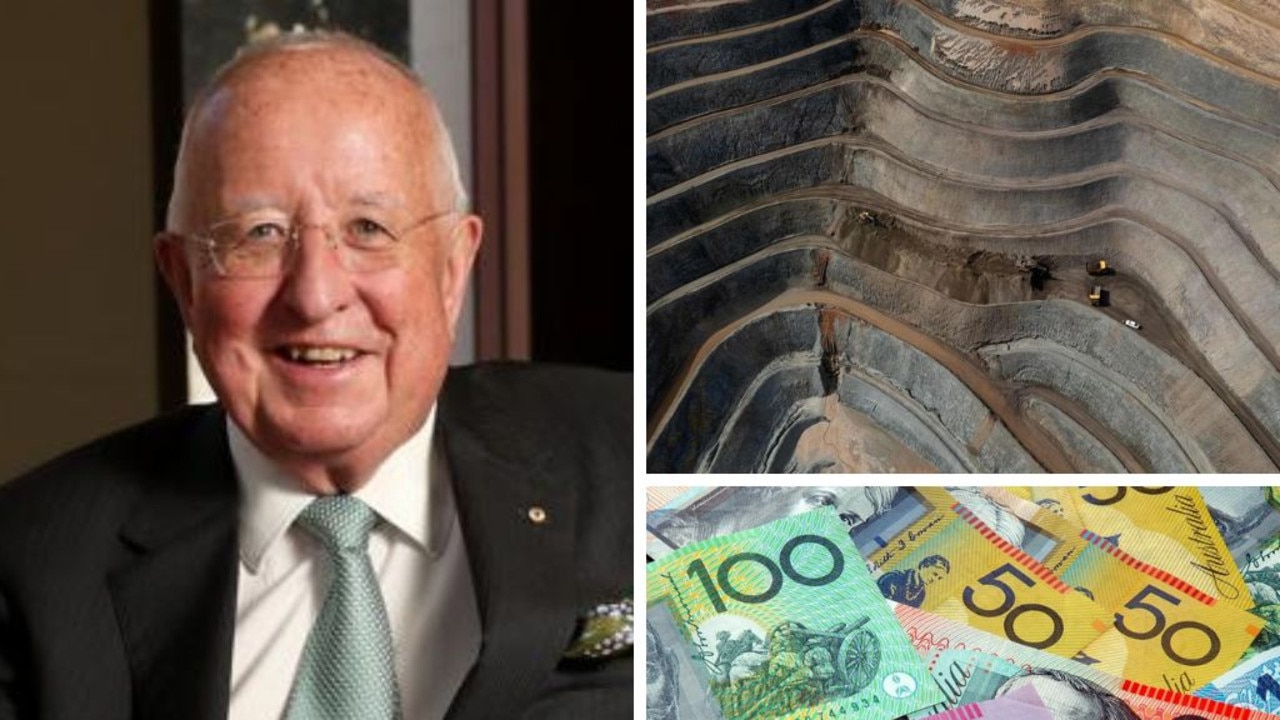Australia unemployment statistics: 106 jobseekers for every vacant job
Unemployment figures show there are 937,000 Australians looking for work. But one figure highlights just how hard it is to get one.

Jobseekers are competing with more people for fewer jobs amid the current economic recession spurred on by the pandemic which has seen unemployment rise to 7 per cent.
A new study released by Anglicare shows that there are a staggering 106 jobseekers for every entry-level job.
This comes as the ABS has released data today showing an increase in unemployment to 6.9 per cent.
The number of unemployed people hit 937,000 for September – that’s 11,300 more people in now unemployed in just a month.
The underemployment rate also increased to 11.4 per cent and the number of unemployed yough increased to 14.5 per cent.
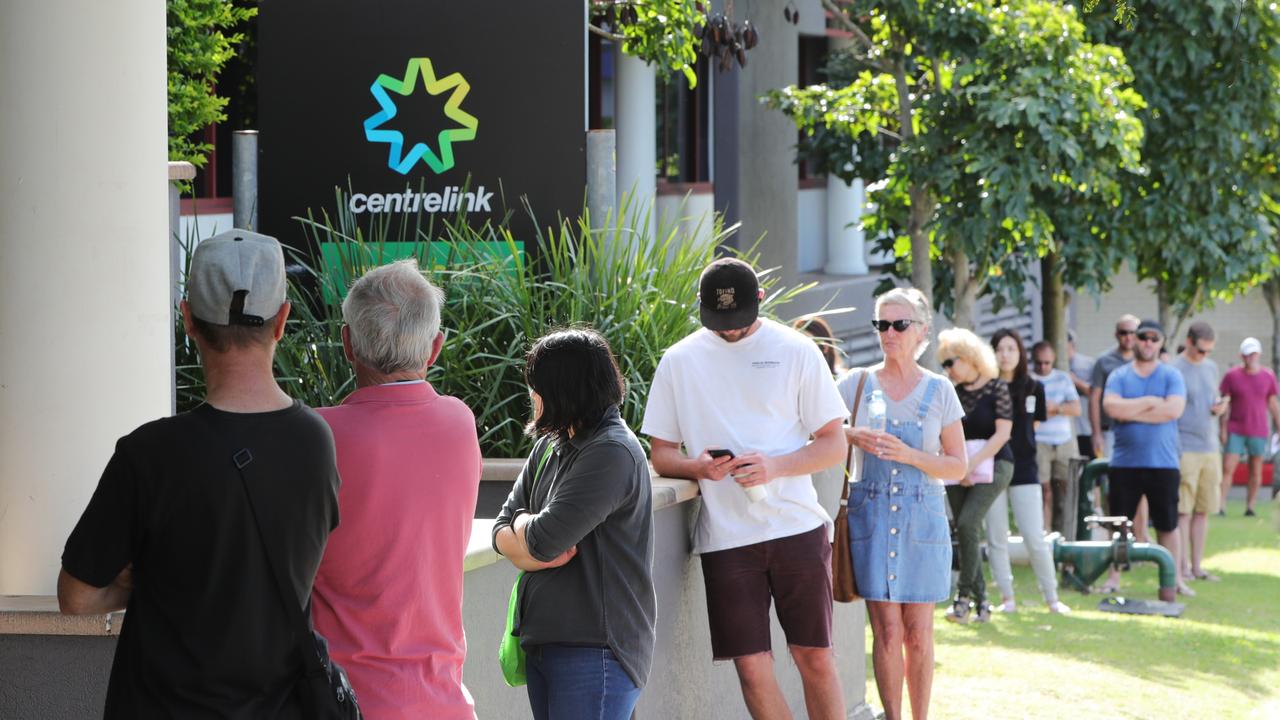
Anglicare’s Jobs Availability Snapshot shows that searching for a job is especially dire for people seeking entry-level jobs where prior experience and qualifications aren’t needed.
The snapshot specifically looks at people who have barriers to work, including older workers who lost their jobs later in life, people who didn’t finish high school, and people with disabilities.
For every entry-level job for people in this category, there are eight jobseekers across the nation looking for work, leaving jobseekers to compete with more people for fewer jobs.
In some parts of the country that number is as high as 20.
If all jobseekers are included, there are a staggering 106 jobseekers for each entry-level job.
RELATED: Retailer wants to hire 1600 workers
RELATED: Australia Post reveals huge hiring blitz
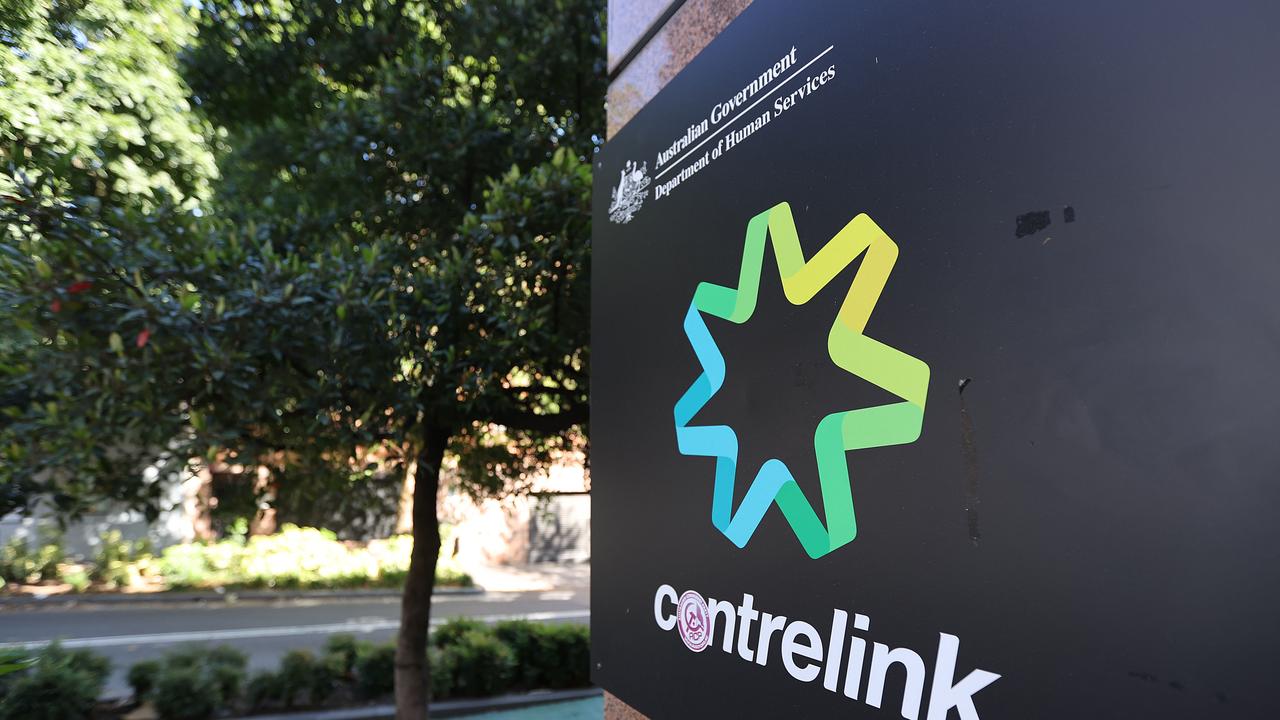
‘FAILED THE PEOPLE’
“We are, by the numbers, facing the worst recession in living memory,” the report states.
“In this downturn, people who need the most help to find work are being left behind,” Anglicare Australia executive director Kasy Chambers said.
“There aren’t enough jobs at their skill level to meet demand in any part of the country.”
The charity’s report calls for the creation of a “single, liveable income”, similar to a universal basic income, as well as investment in job creation and the closure of the JobActive service.
“Our systems have been designed to look after the most advantaged best. Under extreme pressure, they have failed the people who need them the most,” the report says.
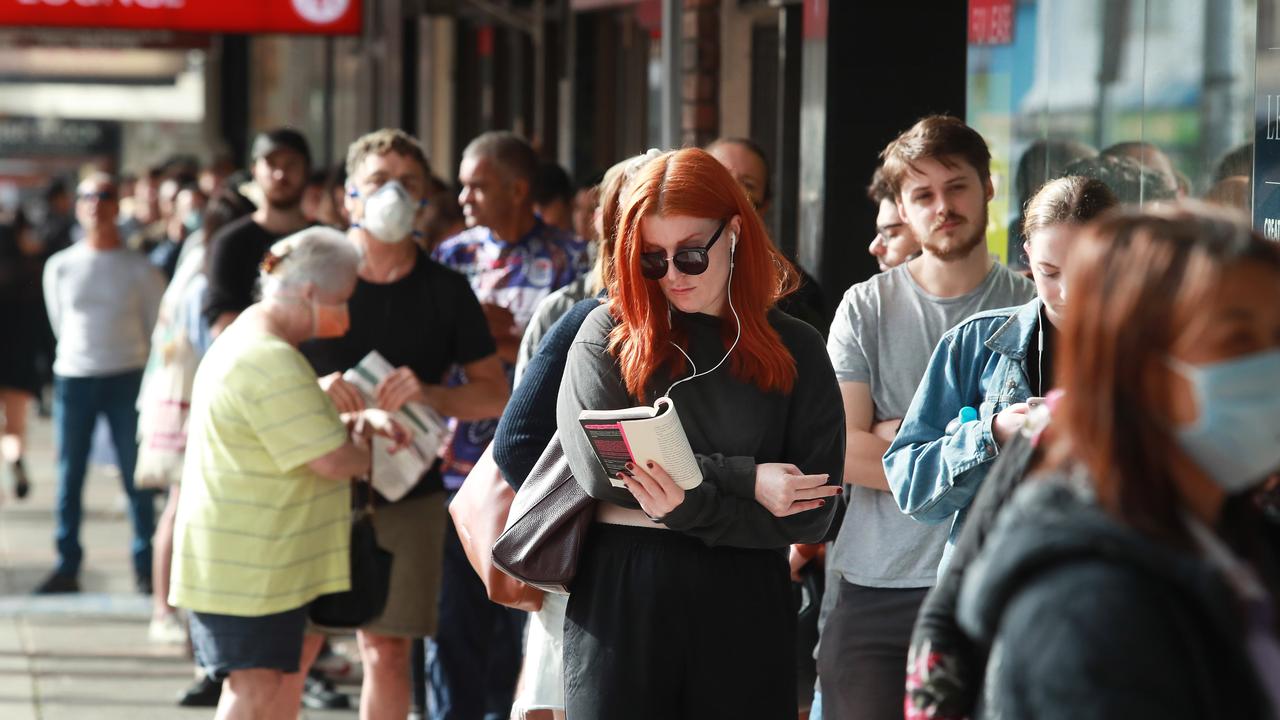
Last year a news.com.au investigation into the JobActive scheme has unearthed multiple instances of substandard service, inefficient practices, harassment and allegations of rorting.
The probe found that $521 million in commissions was paid out in 2018-19 to organisations, including for-profit companies, for helping people find employment.
But a number of those who shared their personal experiences in the system claimed they found their own jobs with no help, but those payments were still made to their JobActive providers.
RELATED: Pub struggling to find anyone to fill jobs
KEEPING PEOPLE IN JOBS
Anglicare’s report states that the actual number of people without work is likely to be masked by the JobKeeper scheme. “It could be much higher than we realise,” the report noted.
The massive JobKeeper wage subsidy is being wound back, with up to 930,000 businesses hit by cuts to the wage subsidy.
Businessowners were getting $1500 per employee but the payments have been cut, with the top payment falling $300 to $1200 for people working more than 20 hours. Employees working less than 20 hours will receive $750 a fortnight from their employer until January.
Then the payments will be reduced to $1000 a fortnight and $650 a fortnight, respectively, for a further three months.
Meanwhile, JobSeeker payments have also been cut. Late last month the supplement was scaled back to $250 a fortnight and it will expire on December 31 this year. It is feared JobSeeker will revert back to its pre-coronavirus level which equated to just $40 a day.
RELATED: Pandemic impact on job confidence revealed
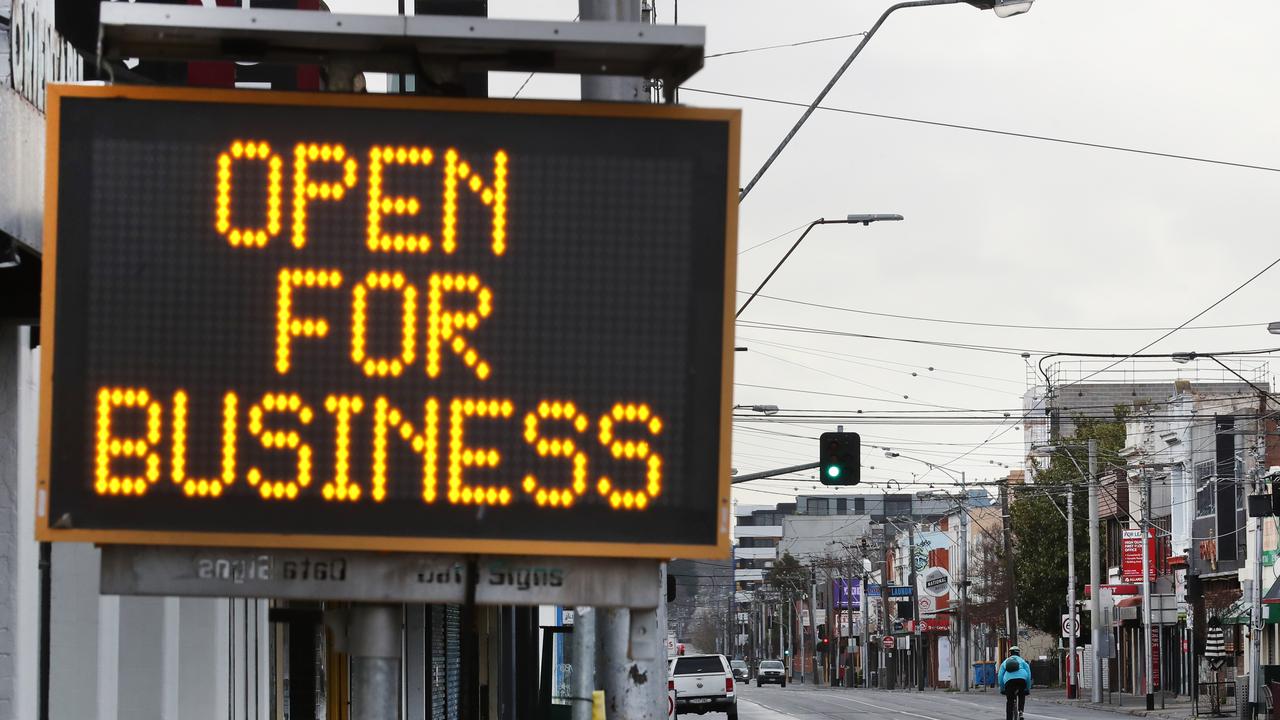
XMAS JOBS ABOUND
SEEK’s employment snapshot released earlier this month gives a different analysis, showing that the number of job ads has reduced as people aren’t necessarily looking for a career change if they are still lucky enough to have a job.
Job ads are sitting at around 80 per cent of pre-COVID levels, according to SEEK’s analysis.
“As our recent data has shown when restrictions ease and economies stabilise this leads to an improvement in job ads,” SEEK ANZ managing director Kendra Banks said.
SEEK has seen a typical seasonal increase in retail and hospitality jobs in the lead up to the Christmas period, with more than 1500 Christmas jobs on SEEK currently.
Meanwhile, some businessowners are struggling to find workers to fill roles.
Australia Post, Dan Murphy’s and BWS recently did a callout for summer casuals in the lead up to Christmas.
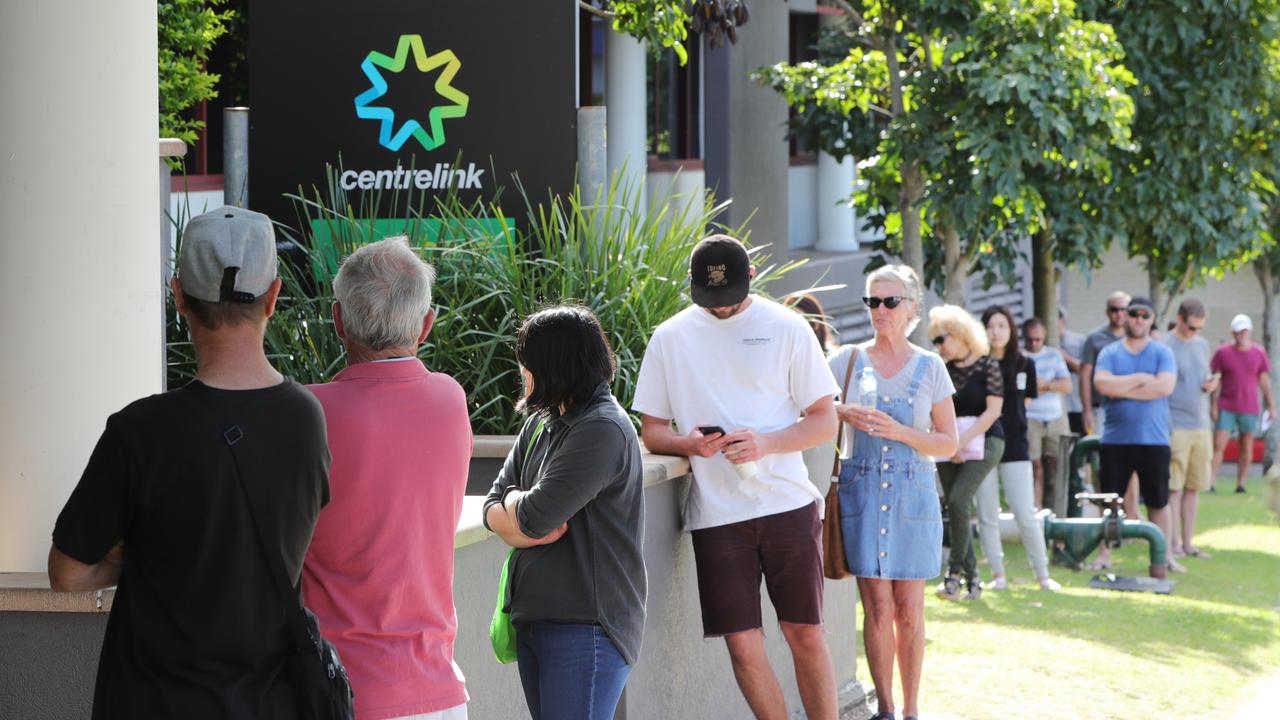
COMPETITVE MARKET
The jobs market is now twice as competitive, with LinkedIn data showing that job applications have risen from around 20 to 40 applications per job on average,” LinkedIn Australia and New Zealand managing director Matt Tindale said.
The LinkedIn Workforce Confidence Index report released last week showed the impact the coronavirus pandemic has had on our finances and confidence levels about career and job prospects, with Millennials – those in their 20s and 30s born between 1981 and 1996 – most affected financially.
This group had the highest reductions to their income, however their confidence in future job prospects has come out on top, the report’s data showed.
Baby Boomers, on the other hand, are polling nearly half as confident as Millennials about job prospects and finances during the pandemic crisis.


